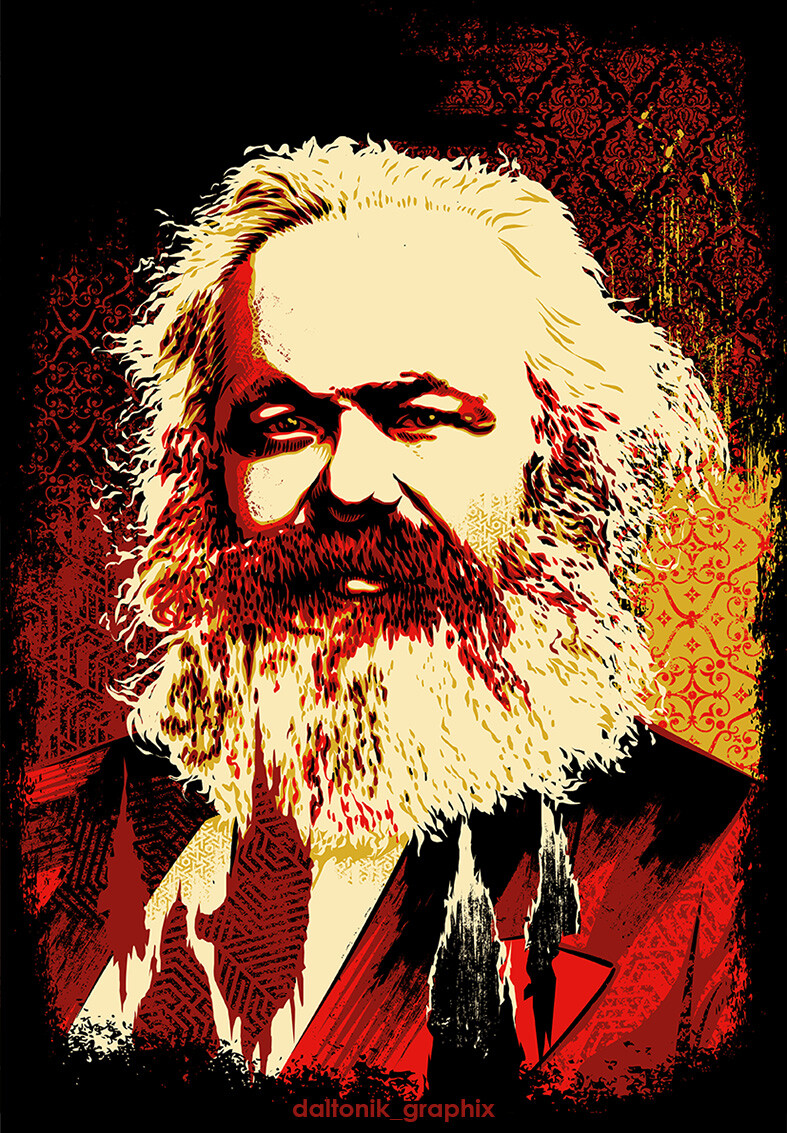(search bar didn't give me anything on this)
Hey! I'm pretty new to Marxism and I'm trying to think of healthcare labor in the terms of commodity production, but I don't know if it even applies. I tried googling, but I couldn't find anything relevant.
The way I'm starting is: how much of the total labor time of a given society is dedicated to:
a) preventing or ameliorating the reduction of labor force by
-
preventing diseases, specific or in general;
-
shortening the duration and/or reducing the damage of stablished diseases;
-
rehabilitating the patients who end up with some form of disability due to a disease;
(These are called prevention stages)
b) increasing the labor force with better mother/child health conditions
c) caring for those in need
-
with direct repercussions on labor force and/or demand for healthcare labor e.g. someone leaving their job so they have time to care for a son with a genetic disability; an elderly person needing constant, high cost treatments and interventions due to a diabetic foot and kidney failure;
-
without direct repercussions on labor, or care for care's sake.
Can you guys help me navigate this by providing sources, giving directions or expanding on something? Thanks!


you're looking for social reproduction theory. services are the portion of socially necessary, reproductive labor. as women have entered the workforce, much of this labor (the non-medical part) can no longer be borne by unpaid laborers who depend on a man to bring home adequate wages to keep them all alive. much of it is still silently borne, invisible and unpaid labor. but now you can go buy your cup of coffee from baristas at Starbucks or whatever, or order food and have it brought to you through the gig economy. medical work has always required too much specialized training to be done entirely at home but it still fits under this umbrella - it was just commoditized faster than the rest. as with all commoditization it took an initial period of enclosure - I recommend reading Federici's Caliban and the Witch for the gory details and the development of this theory.
Thanks!
Yeah, I guess that's what my babbling was aiming at, some kind of "support" labor for the "main" one (regarding value and use value production), right?
I've had that book sitting around in the shelf for a while and never gave it a try, but I'll do now.
Hey again! I've been developing these ideas and I was wondering what you meant by this:
Does it mean restricted access to a thing making it attractive as a commodity?
I'm still going to read the book btw, getting some Kapital remembering before diving into it.
enclosure refers to the period where something that once belonged to the commons is circumscribed by a proto-capitalist, or where public property becomes private. part of this period of history was the proletarianization of the population, with the intentional destruction of village communities (because the land was enclosed), forcing people to seek work in the cities, atomizing people from communities into the family unit. it's this period that gave us the witch trials, as Federici argues, because women's freedoms had to be restricted until they worked at home, so the older forms of women's power had to be broken.